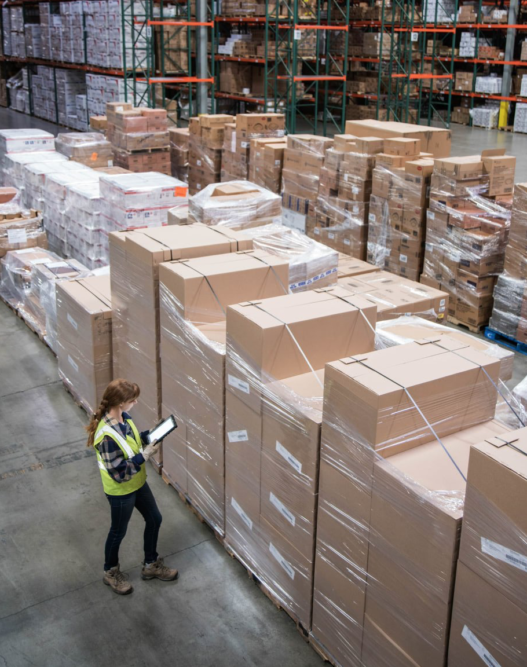ShipBob lands $68 million VC backing for its e-commerce shipping service
3PL has opened six new fulfillment centers since April, will now add 12 more through 2021.

Consumer demand for e-commerce service throughout the pandemic is continuing to drive massive investment in retail fulfillment technology, as third-party logistics (3PL) provider ShipBob said today it has raised $68 million in funding and plans to add more customers, fuel growth, expand its software platform, and scale its global fulfillment network.
Much of that growth will come through building new warehouses, as the company says it has already opened six new fulfillment centers since April, including sites in Canada and Europe. it now plans to accelerate that approach, opening two more U.S. facilities in the fourth quarter and another 10 facilities across North America, Europe, Asia, and Australia in 2021.
The “series D" financing round was led by SoftBank Vision Fund. Prior investors include Menlo Ventures, Bain Capital Ventures, Hyde Park Venture Partners, Hyde Park Angels, and Y Combinator. It follows a 2018 venture capital round of $40 million, and brings the Chicago-based company to $130.5 million in funding to date.
Travel restrictions and social distancing procedures during the pandemic have kept consumers out of stores and driven them online. That trend has driven spiraling returns at providers like Shopify, which recently reported that it essentially doubled revenues and earnings in the second quarter, compared to the same period last year.
Founded in 2014, ShipBob was created to provide more efficient shipping for small businesses and direct-to-consumer retail brands, which need to manage inventory and ship orders safely and quickly while maintaining their brand identity, the company says. ShipBob’s software combines order and inventory management, warehouse management, predictive data, and analytics, as well as optimized shipping for e-commerce companies.
More specifically, ShipBob integrates with e-commerce platforms and marketplaces like Shopify itself, as well as Amazon, Walmart, BigCommerce, Wix, and Squarespace. Those integrations allow retailers to provide fast shipping without having to handle fulfillment themselves, and to access ShipBob’s apps marketplace for additional capabilities such as returns management, inventory management, and financing solutions. The company uses its own warehouse management system (WMS) software in all 10 of its current fulfillment centers across the U.S., Canada, and Europe, an approach which ShipBob says allows it to stand up new facilities in weeks instead of quarters.
“Logistics is an enormous industry that has seen rapid growth alongside e-commerce adoption,” Ervin Tu, managing partner at SoftBank Investment Advisers, said in a release. “ShipBob is leveraging data and innovative technology and operations to grow its business and drive significant increases in revenue and profits. The company is on track to be the market-leading solution for SMB and larger merchants around the world.”
The backing will also help the company to focus on its goal of meeting demanding customer expectations and matching the “high bar” set by Amazon Prime’s 2-day delivery standard, ShipBob CEO Dhruv Saxena said in a blog post. “Since the Covid-19 pandemic began, we have seen a tremendous acceleration in new customers needing our solution,” Saxena said. “This new capital will enhance our capabilities to bring world-class fulfillment to more customers, hire across teams, fuel growth, expand our software platform, scale our global fulfillment network, and invest more in providing a first-class merchant experience.”
We're thrilled to announce that ShipBob has raised $68 million in Series D funding, led by SoftBank Vision Fund.
— ShipBob (@ShipBob) September 28, 2020
Learn more in the latest @WSJ article: https://t.co/n8zhSxJxZW pic.twitter.com/2AJygl1UF3
Related Articles
Copyright ©2024. All Rights ReservedDesign, CMS, Hosting & Web Development :: ePublishing